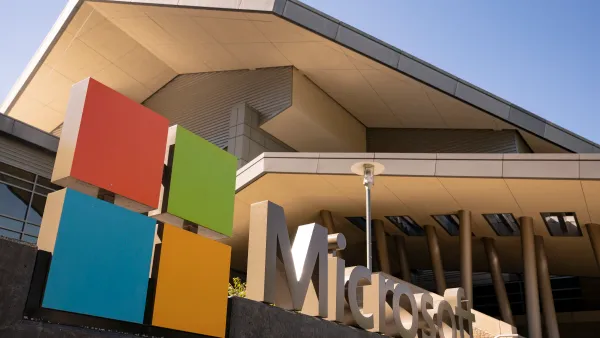Dive Brief:
- The Financial Accounting Standards Board (FASB) issued a proposed accounting standards update that is poised to pave the way for a two-year extension of the current relief preparers of financial statements now have regarding how they must account for the switch away from the scandal-plagued London Interbank Offered Rate (LIBOR) as a benchmark index for pricing debt obligations.
-
Under the proposal FASB would extend temporary accounting relief to Dec. 31 2024 from the current sunset date set for the end of this year. The proposal is designed to ease the potential accounting burden as borrowers and lenders transition to new benchmarks in a multi-year phase-out of various LIBOR tenors which won’t see the popular U.S. dollar tenors discontinued until June 30, 2023.
-
FASB is seeking feedback from stakeholders — users and preparers of financial statements — on the extension proposal by June 6. The extension comes after the U.K. Financial Conduct Authority (FCA) delayed the phase-out of certain LIBOR tenors to mid 2023.
Dive Insight:
FASB’s initiative to extend the deadline for how to account for the switch from LIBOR gained momentum late last year. While the timing of the board’s final decision on the relief extension will depend on the nature of the feedback it receives during the public comment period, FASB spokesperson Christine Klimek said the board expects to extend the current relief by the end of this year.
“The Board voted unanimously to issue the proposed [Accounting Standards Update], so unless we receive stakeholder feedback that provides the Board with new information to consider, the Board is likely to affirm what is in the proposed ASU,” Klimek wrote in an email.
Under the existing relief, formerly LIBOR-based loans that are switched over to a replacement rate such as the Secured Overnight Financing Rate (SOFR) can be treated as modified loans rather than the action triggering a cash-flow-related test that could affect how the debt is accounted for. Separately, FASB’s proposed update would also expand the types of SOFR replacement rates that are considered benchmark interest rates to include other versions such as SOFR term, according to FASB. Benchmark rates are eligible to be designated as a hedged risk for fixed-rate financial instruments, according to FASB.
The phase-out of LIBOR is already well underway. Banks effectively stopped making new LIBOR loans on Jan. 1 following regulators' recommendations with few apparent hiccups, sparking some optimism and comparisons to the seamless Y2K computer transition in 2000. But experts caution that any celebration is premature given the complicated operational, accounting and technology challenges financial executives must navigate to prepare for the final chapter of the LIBOR phase-out in 2023.
Risks persist in the transition away from LIBOR even though Congress has passed legislation aimed at ensuring a smooth switch to a new reference rate for financial contracts lacking clear fallback language. “There remains a risk that parties may delay or have difficulty making the conforming changes” under regulations that the Federal Reserve will create in coming weeks clarifying how so-called legacy LIBOR contracts will adopt a new benchmark rate, according to Fitch.
In March the Senate approved a $1.5 trillion package of spending that also included provisions related to the LIBOR transition which created a safe harbor for contracts lacking a replacement for LIBOR.












